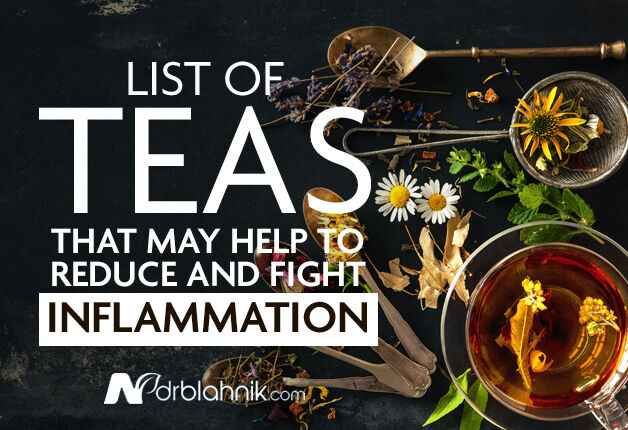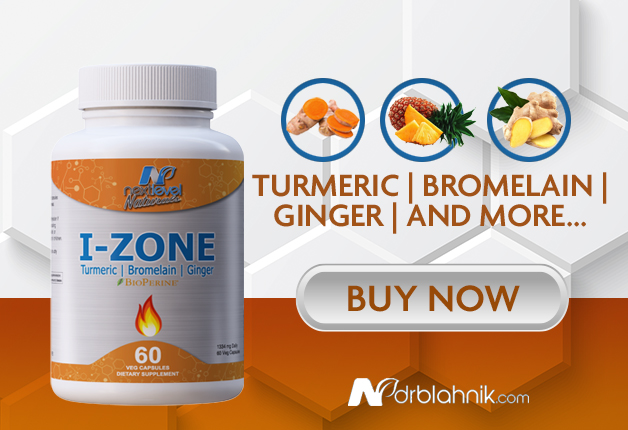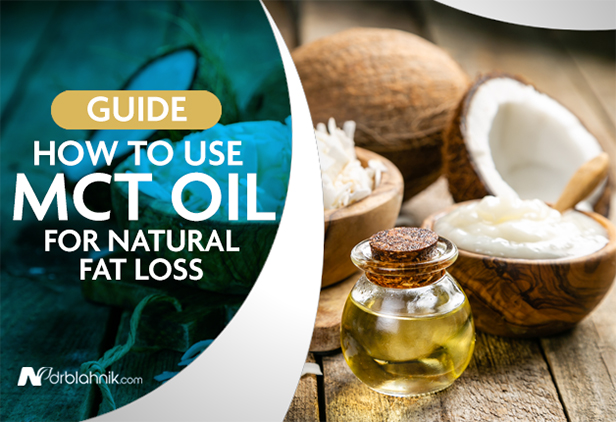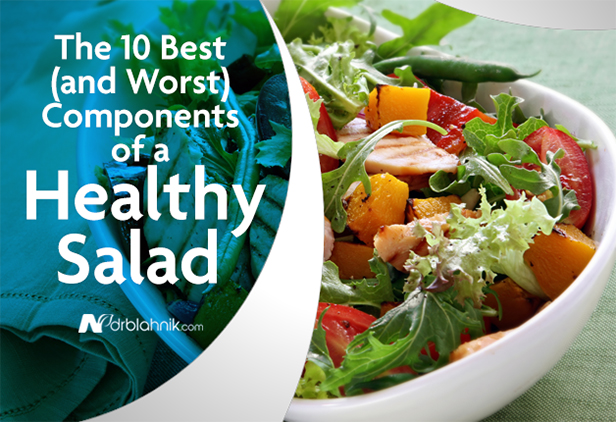Chronic inflammation is something that sounds scary, and yet it’s something that millions of people live with every day. That said, just because it’s normal for you, doesn’t mean it’s normal. Millions of people live with dysfunctional bodies every day with easily treatable causes, and many of those people simply don’t know what is causing it.
One of the trends we’ve seen is teas that can specifically help with inflammation, which is exactly what we’re going to discuss today.
Let’s dig in!
Table of Contents
How Inflammation Works
Is inflammation always a bad thing? Yes and no. Inflammation occurs when your body’s immune system responds to a threat. When your body detects something wrong, it sends white blood cells to the area to check it out. These white blood cells, and the chemicals they produce in their proximity, lead trigger higher blood flow to the area. This can result in redness, swelling, and warmth; or in other words, inflammation.
Inflammation serves a critical purpose in the body. An area that is inflamed is undergoing treatment by the bodily processes that fight disease and spur on healing. It serves as both a highway for your blood to carry in the chemicals necessary to treat an injury and as a wall to prevent infections from spreading.
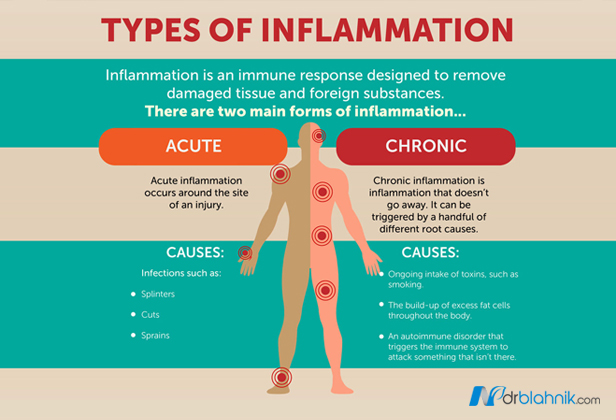
Inflammation comes in two forms: acute and chronic. Acute inflammation occurs around the site of an injury. As an elementary example, you cut your finger, and the surrounding tissues get a little red and a little swollen while it heals. In other words, it is treatable.
Chronic inflammation is inflammation that doesn’t go away. It can be triggered by a handful of different root causes, such as:
- Ongoing intake of toxins, such as smoking.
- The build-up of excess fat cells throughout the body.
- An autoimmune disorder that triggers the immune system to attack something that isn’t there.
In these cases, your body is suffering from inflammation, but there’s no root cause to fight off. Your body knows to inflame the area to quarantine it and facilitate healing, but “the area” could be your whole body, and the healing is already done. This can cause or exacerbate anything from myocarditis (inflammation of the heart) to arthritis (inflammation of the joints). Any disease ending in “-itis” simply means “inflammation of”.

While some of the root causes of inflammation are easy to identify, such as smoking, others are more subtle. The average American diet is full of low-level toxins (like sugar, artificial dyes, and pesticides) that cause your body to react to purge them. The job is never done because you keep eating those toxins, so the inflammation never goes away.
What Causes Inflammation
One of the best things you can do to fight inflammation throughout your body is to remove the cause of that inflammation. Now, if you have an injury, that means avoiding aggravating it while it heals. If you have an autoimmune disorder, it means speaking with a doctor and taking the right medication to adjust your immune system.
For most of us, though, it simply means adjusting our diets.
Smoking is one of the biggest causes of chronic inflammation, and quitting smoking can make a huge world of difference.

We’re focused on diet today, though, so let’s talk about foods that cause inflammation.
- Plain old sugar might taste great, and your body requires some natural sugars to function, but the amount of sugar we get in our diets is insane. Everything has sugar in it, and it’s often hidden behind other names, like high fructose corn syrup, agave nectar, dextran, golden syrup, and molasses.
- Trans fats. The boogeyman of the fat world, trans fats are the most unhealthy kind of fat you can consume. Tons of products advertise that they have zero trans fats, but few advertise that they have any at all. Watch out for margarine, partially hydrogenated oils, and shortening.
- Refined carbohydrates. Carbs are, again, something your body needs in moderation to function. However, our typical diets are packed full of refined, processed carbs, which are found in just about everything.
So, the first and the best thing you can do to fight off bodily inflammation is cut out the foods you’re eating that may be causing it in the first place.
That said, it’s always more difficult to stop doing something than it is to start something else. You want to take a more active role in fighting inflammation. The good news is, you can. Some nutrients and some foods have anti-inflammatory properties, and eating (or drinking) them can help fight off chronic inflammation.
Actively Fighting Inflammation
There are two ways you can fight inflammation throughout your body. The first is to adjust your diet. Removing some of the ingredients listed above is one thing, and the other is to add some foods that fight inflammation.
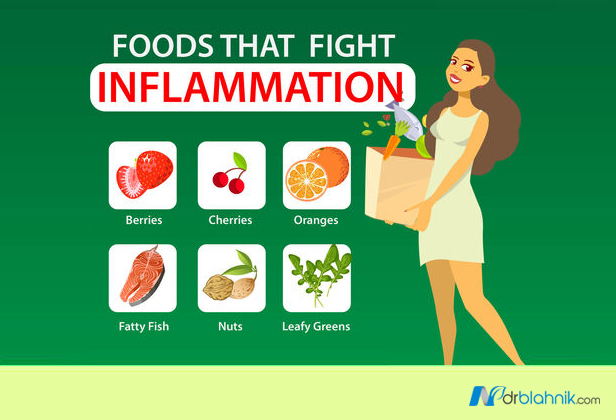
These foods include:
- Berries, cherries, oranges, and other fruits are a better, healthier source of sugar, plus a ton of vitamins and minerals.
- Fatty Fish. A high balance of omega-6 fatty acids compared to omega-3s is thought to cause inflammation. Eating more omega-3s, through fish like salmon and tuna, can help.
- Particularly nuts like almonds and walnuts are good snacks to replace worse processed foods.
- Leafy Greens. Kale, spinach, arugula, collards; any leafy green is going to be good for you.
- These are packed with lycopene, a powerful anti-inflammatory nutrient.
Beyond just adjusting your diet, you can fight inflammation through tea.
Tea is an excellent beverage. It can be rich and flavorful, while still holding zero calories. It can be soothing to the nerves, it can reduce stress, and yes, it can fight inflammation. Just as important, if you’re drinking tea, you’re not drinking something like a soda, which is packed full of high fructose corn syrup, sugar, or a sugar replacement that’s just as bad for you.
Now, when someone talks about tea, they’re talking about one of two different things.
One is the actual tea plant, camellia sinensis, which is dried and processed to make white, green, and black teas. All of these are considered “true” teas because they come from the same plant. This plant has wonderful anti-inflammatory properties, which we’ll discuss momentarily.
The other is herbal teas. There are hundreds of different plants that you can steep in water to make a tea beverage. Some of them are used primarily for flavor, some for their medicinal properties, and many for both. Herbal teas can be brewed on their own, in blends with other herbs, or in blends with true teas.
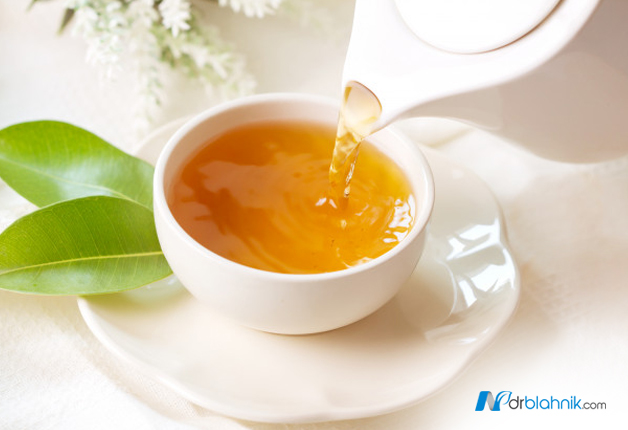
So, when we talk about the best teas for fighting off inflammation, we’re talking about both of these. Let’s list out the best!
The Best Teas to Fight Inflammation
Let’s get into some teas that can have a positive effect on joint pain and inflammation.
1. True Tea. First and foremost, we have to list the all-star, tea. The camellia sinensis plant is packed full of a kind of nutrient called catechins. These nutrients, such as epigallocatechin gallate, epicatechin gallate, epigallocatechin, and epicatechin (yes, they’re all different things), are very powerful inflammation fighters. EGCG, the first one, is the best of the bunch.
You can get “true tea” in many forms. Green tea is the basic tea. Matcha is essentially green tea that has been ground and processed into a powder. Black tea has been oxidized further to give it a different taste and a higher caffeine concentration. White tea is processed less and is more natural than the others. Oolong and Pu-erh are also true teas. All of them have the same benefits, so pick the one with the taste that appeals most to you.
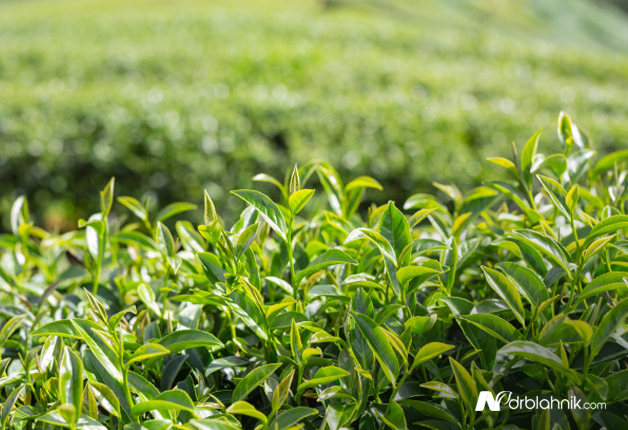
All of the other teas on this list are some form of herbal tea, whether they’re an actual herb, a bark, a seed, a root, or a spice.
2. Ginger Tea. Ginger is a root with a slightly spicy, slightly fruity taste and a tingling sensation when you drink it. It’s rarely consumed on its own, but it pairs nicely with black tea and with lemon. Ginger tea has been studied by the Arthritis Foundation, as well as by other organizations, and has been found to reduce inflammation. In fact, it’s nearly as effective as NSAIDs – Non-Steroidal Anti-Inflammatory painkillers – at fighting inflammatory pain.
3. Chai. The term “chai” is simply the word for “tea” from the Indian subcontinent. Chai the way we see it in the west is actually “Masala Chai”, and is usually a blend of black tea and several spices, including ginger, black pepper, cardamom, cloves, and cinnamon, as well as potentially other ingredients like star anise and allspice. Some include cacao as well, though a good blend of chai ingredients can taste like chocolate without chocolate in it.
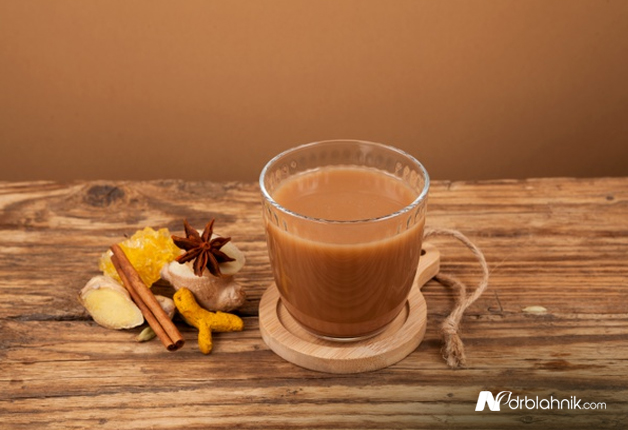
There’s a lot going on in chai, but nearly every ingredient has at least one chemical somewhere in its structure that fights off inflammation. Ginger, as mentioned above, is one of the most prominent. Cinnamon and cloves are also potent, and black pepper is surprisingly therapeutic.
4. Turmeric Tea. Turmeric is a bold yellow and slightly spicy, well, spice, that is used in both tea and in cooking. It’s a little like ginger, a little earthy, and very potent. Turmeric has been used as a medication in Indian medicine for centuries, and it is taking hold as an anti-inflammatory in the west as well. Plus, it’s quite delicious. Just be careful; the same compound that gives it the bold yellow color is also very prone to staining.
5. Chamomile Tea. Chamomile is a flower, and it is a key ingredient in the “sleepytime” tea blends you see on store shelves everywhere. It has mild sedative effects, and as such, is a great tea for helping you relax at the end of the day.
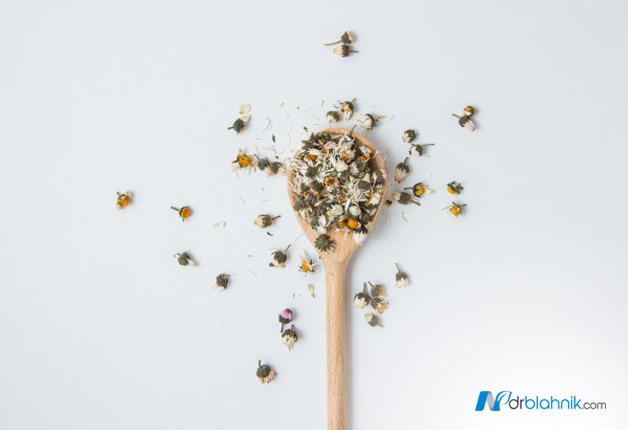
Unlike many other herbal teas, which have ingredients that fight inflammation directly, chamomile works obliquely. It helps your body process destress and relax, which helps your immune system work better at its job. In that way, it reduces pain and inflammation at the source, rather than by directly fighting it.
6. Rose. Did you know that the gorgeous rose has a fruit? Most people harvest the plant for the blossoms, but if they are successfully pollinated they form an accessory fruit we call the Rose Hip.
Both rose petals and rose hips include an ingredient called Rose Oxide, which has surprisingly potent anti-inflammatory properties. The flavor itself is subtle and floral, so most people prefer to mix rose with other ingredients to give it more potency as both a curative and as a beverage.
7. Rooibos. Rooibos is often considered a core tea and is used as the foundation of flavorful blends of other herbs. It’s not a true tea but is used in the same way. It is itself a plant found in South Africa and is also often called Red Tea, for the color of the plant and the tea when it’s brewed. Rooibos itself is full of flavonoids, which are potent chemicals that reduce inflammation and oxidative stress on the body. Rooibos alone is good, but it’s usually found in blends with other anti-inflammatory ingredients.
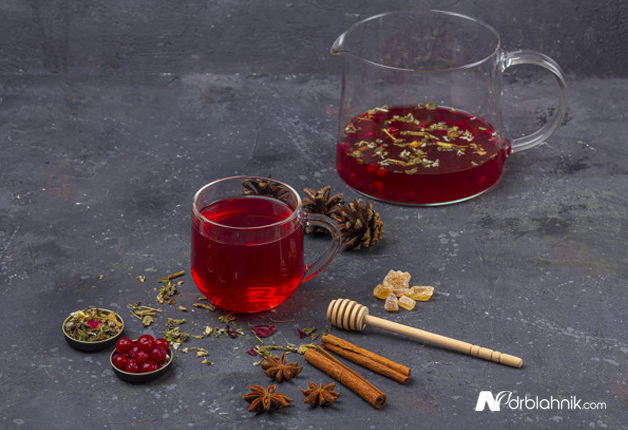
8. Holy Basil. Not to be confused with the typical sweet basil we use for cooking, holy basil is another ayurvedic herb with a long history of use as a medicine. It helps fight off bodily stress, reduces blood sugar levels, and reduces uric acid levels, which are a key cause of inflammation.
Teas as Part of a Total Recovery Plan
Now, chronic inflammation is endemic to our society. You can only fight it so much by drinking tea, and even then, only if you drink plain tea. If you’re used to adding creamers and sweeteners to your tea, you’re undoing all of the benefits they give you.
As part of a total-body recovery plan to fight inflammation and boost your health, you likely need to make serious adjustments to habits, diet, and lifestyle. Quitting smoking, replacing sugary beverages with tea, and adjusting your diet to reduce or replace sugars, processed carbs, and other inflammatory ingredients are all important steps to take.
Tea alone can’t solve your problems for you, but it can be part of a robust plan to help fight inflammation, find and remove the root cause of your inflammation issues, and boost your general health levels.
Your body will thank you for it, trust me.

